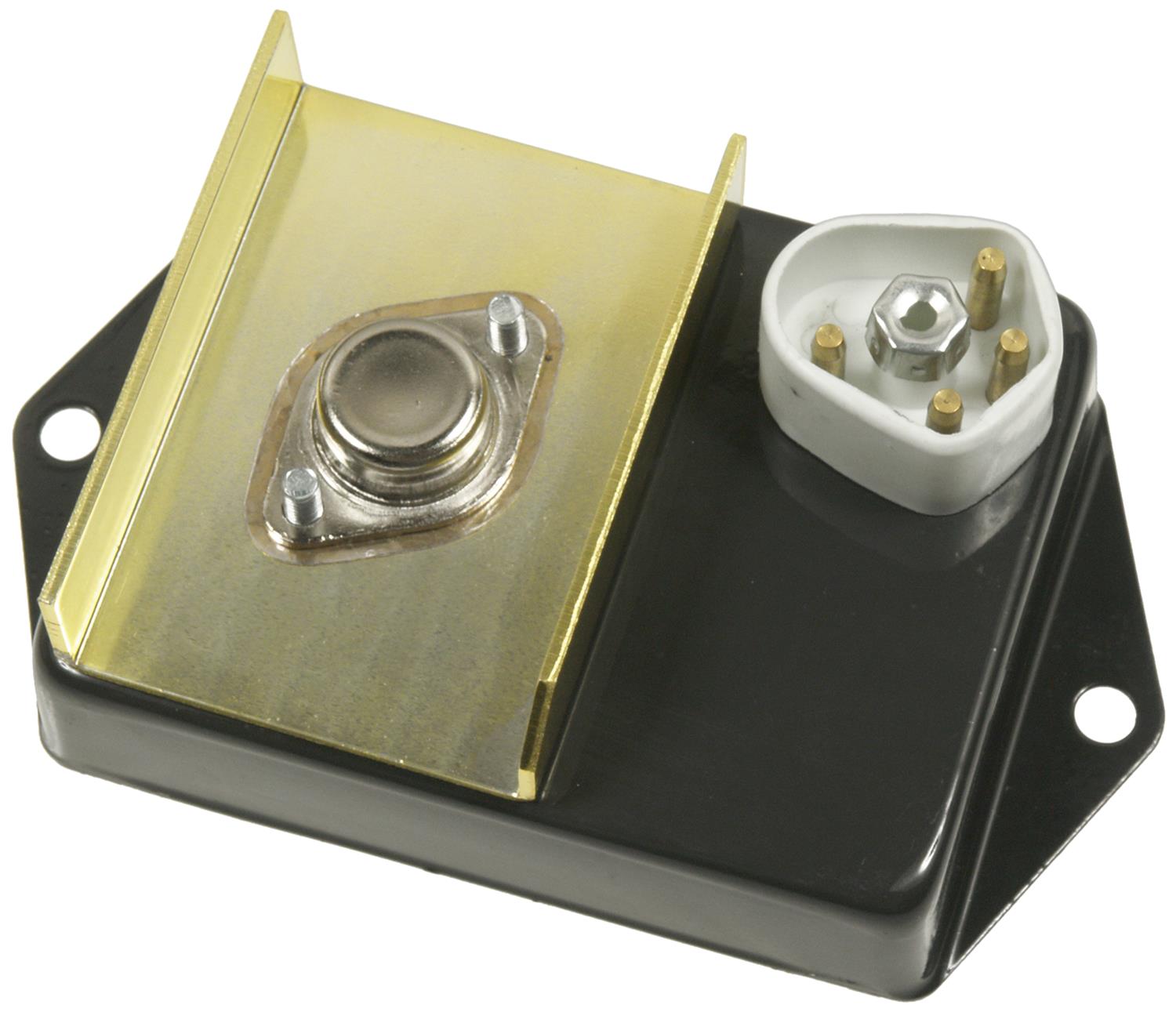Got a 1985-ish W250 plow truck. Unknown history. Butchered wiring.
Cutting out on me at half throttle, all cylinders at once, looking to throw a coil at it.
The one on it looks like

but the online catalogs show a traditional 1970s coil with two wire stud connections and a female output. I suspect shenanigans-- an engine swap at some point, who knows.
I still have a ballast resistor... maybe its presence is my problem? The old coils needed them but the clip-in-connector ones shouldn't. Clip-in seems to have become popular in 1990.
Who knows these things?
Cutting out on me at half throttle, all cylinders at once, looking to throw a coil at it.
The one on it looks like

but the online catalogs show a traditional 1970s coil with two wire stud connections and a female output. I suspect shenanigans-- an engine swap at some point, who knows.
I still have a ballast resistor... maybe its presence is my problem? The old coils needed them but the clip-in-connector ones shouldn't. Clip-in seems to have become popular in 1990.
Who knows these things?

